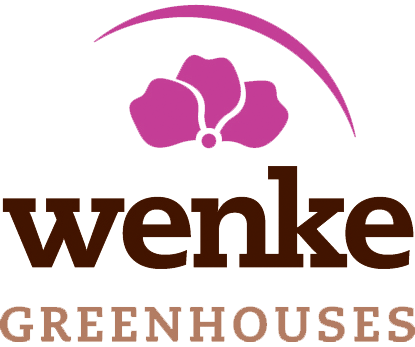The N-P-K of Fertilizer
Simply put, fertilizer is a substance that is added to make soil fertile and will help plants grow. Many years ago, farmers found that composted manure from their farm animals were beneficial for healthy plant growth. Today, most of us buy fertilizer in bags and bottles at our favorite garden center.
A trip to the store, however, can be a little confusing. What do those three numbers displayed on the packaging mean?
Without getting too technical, the three numbers show the percentage of available nitrogen (N), phosphate (P) and potassium (K). By law, it always goes in that order. If you see a fertilizer with 20-5-10, it means the fertilizer contains 20% available nitrogen, 5% phosphate and 10% potassium. (Other nutrients and filler make up the difference.)
These three nutrients — while by no means the only three — are the most important nutrients when it comes to plant life. An ideal soil N-P-K ratio will vary based on the type of plant you are growing and what you value (like root growth, blossoming, etc.).
What does that mean to your plants?
- Nitrogen promotes chlorophyll, producing greener and more rapidly growing plants. If your plants aren’t as green as they should be, use a fertilizer with nitrogen. Most lawn fertilizers have relatively high nitrogen content and can increase the need to mow your lawn more frequently.
- Phosphate improves root growth, flowering ability and bloom size. Use a fertilizer with a larger “middle number” to encourage root growth during transplanting or to encourage blooms.
- Potassium enables the photosynthesis process and improves plant resistance to cold spells, drought, and insect attacks. Many people use a potassium fertilizer when the seasons change.
The best way to obtain an ideal N-P-K is by testing your soil and amending it with fertilizer so your plant remains happy throughout its growing season. Periodic testing for both soil pH and N-P-K will pay huge dividends in the long run and are available through your local extension office. Once you know what kind of soil you have, you can figure out if you need to help it along in any way. Having the right soil pH means plants can take up nutrients more readily. Using N-P-K effectively means you’re giving your soil what it needs to produce the results you want.

Need an easy way to remember what NPK refers to? Here’s a handy quote: “Up, down, all around.” Nitrogen (N) for plant, foliage and stem growth (is the UP); Phosphorous (P) for root development and blooming (is the DOWN); Potassium (K) for ALL AROUND plant growth and blooming



